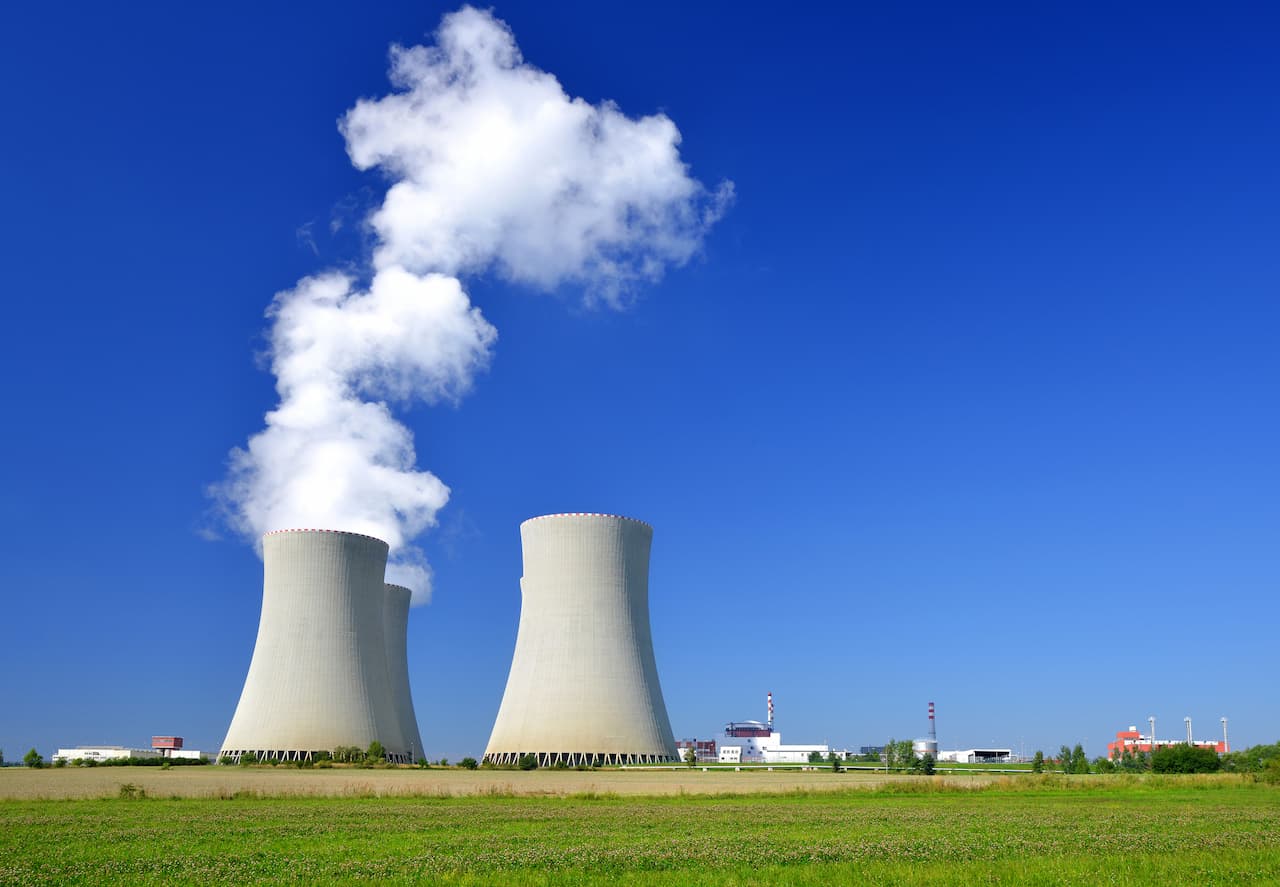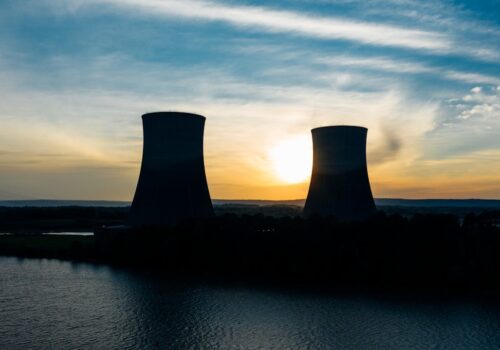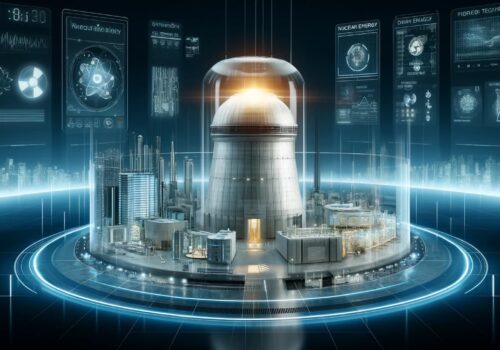Can nuclear power be a part of the answer to climate change?
There is no doubt that climate change is one of the biggest challenges facing humanity today. The scientific evidence is overwhelming, and the consequences of inaction are clear. With this in mind, it’s understandable that many people are looking for solutions – and fast.
One potential solution that has been proposed is nuclear power. Nuclear plants produce large amounts of energy with comparatively little greenhouse gas emissions. This makes them an attractive option for those who want to reduce our impact on the environment.
However, there are also significant drawbacks to nuclear power. The technology is expensive and complicated, and there is always the risk of accidents or radioactive leaks. There are also concerns about what to do with the waste products from nuclear plants.
So, can nuclear power be a part of the answer to climate change? It’s a complex question with no easy answers. In this blog post, we’ll explore both the pros and cons of nuclear power in order to try and come to a conclusion.
Why Nuclear Power is a Viable Solution to Climate Change
The effects of climate change are becoming more and more evident with each passing year. The time to act is now, and we need to employ every tool at our disposal to reduce greenhouse gas emissions and combat this global problem. That’s why it’s time to consider nuclear power as a viable solution to climate change.
How Nuclear Power Works
Nuclear power plants generate electricity by using heat from nuclear fission reactions to produce steam, which then powers turbines that generate electricity. The process of nuclear fission releases large amounts of energy, which is used to heat water into steam. The steam turns turbines, which in turn generate electricity.
The United States currently gets about 20% of its electricity from nuclear power plants, and 55% from fossil fuels like natural gas, coal, and oil. France generates the majority of its electricity—75%—from nuclear power, while Sweden gets about 40% of its power from nuclear.
Nuclear power has a number of advantages when it comes to reducing greenhouse gas emissions and combating climate change. First and foremost, nuclear power plants do not emit carbon dioxide or other pollutants into the atmosphere. In fact, according to the World Nuclear Association, if the world’s current fleet of 441 nuclear reactors were replaced with coal-fired plants, carbon dioxide emissions would increase by 2.5 billion tonnes annually.
In addition, nuclear power is a very efficient way to generate electricity. One kilogram of uranium can produce the same amount of energy as 4,000 kilograms of coal—that’s enough to power a typical American home for an entire year! This efficiency means that fewer resources are required to generate the same amount of electricity, resulting in lower emissions overall.
IBstudenthelp.com is a paper writing service that helps students write essays on nuclear energy topic. The company has a team of writers who are experts in the field of nuclear energy. They have written papers on topics such as the history of nuclear energy, the risks and benefits of nuclear energy, and the future of nuclear energy. PapersPoint also offers editing and proofreading services.
Finally, nuclear power is a very scalable technology. That means that we can build as many – or as few – nuclear reactors as we need to meet our energy needs without having a major impact on the environment.
The Nuclear Industry’s Struggle to Go Green
For years, the nuclear industry has billed itself as a clean and sustainable source of energy. But as public opinion has shifted in recent years on the issue of climate change, the nuclear industry has come under increased scrutiny for its environmental impact. So, what challenges does the nuclear industry face in terms of sustainability and reducing its carbon footprint?
The first challenge is the high cost of decommissioning old nuclear plants. When a nuclear plant reaches the end of its life, it must be decommissioned – a process that can take decades and cost billions of dollars. Decommissioning involves dismantling the plant, removing all the radioactive fuel, and disposing of it in a safe manner. The problem is that there’s currently no good way to dispose of nuclear waste. It’s either stored on-site at the decommissioned plant (which is expensive), or transported to another location (which is also expensive and presents its own environmental hazards).
The second challenge is the issue of uranium mining. Uranium is the key ingredient in nuclear fuel, and almost all of the world’s uranium reserves are located in just a handful of countries (Australia, Canada, Kazakhstan, Russia, and Uzbekistan). This gives these countries a significant amount of power over the global nuclear industry. In addition, uranium mining is a dirty and dangerous business – one that often takes place in remote and environmentally sensitive areas. The resulting environmental damage can be significant.
The third challenge is the fact that nuclear power plants produce large amounts of carbon dioxide during operation. Although this CO2 is not released into the atmosphere (it’s contained within the plant), it still contributes to climate change. In addition, when you factor in the emissions from uranium mining and decommissioning, the nuclear industry’s carbon footprint is actually quite large.
The Pros and Cons of Nuclear Power
The Pros of Nuclear Power
Nuclear power plants do not produce greenhouse gases like carbon dioxide and methane, which are major contributors to climate change.
Nuclear power is also one of the most efficient energy sources available. A typical nuclear reactor can convert about 33% of its fuel into electricity, while a coal plant only converts about 30% of its fuel, and a natural gas plant converts about 40%. That means that more nuclear reactors would have to be built to produce the same amount of electricity as coal or natural gas plants—but that’s not necessarily a bad thing.
The Cons of Nuclear Power
There are definitely some risks involved in nuclear power. One major concern is what to do with nuclear waste. Although there have been significant advancements in reprocessing and recycling nuclear waste, the fact remains that it is still hazardous material that needs to be carefully managed.
There is also the risk of a nuclear meltdown, which can cause devastating environmental damage. The Fukushima Daiichi disaster in Japan is a prime example of this; although no one was killed as a direct result of the meltdown, the environmental damage was significant, and many people were displaced from their homes.
Conclusion
The bottom line is that we need to take action on climate change now, and nuclear power could be a part of the solution. It presents some challenges in terms of sustainability, but if we can overcome those obstacles, it has the potential to make a big dent in our carbon emissions. What do you think? Is nuclear power part of the answer to climate change?




